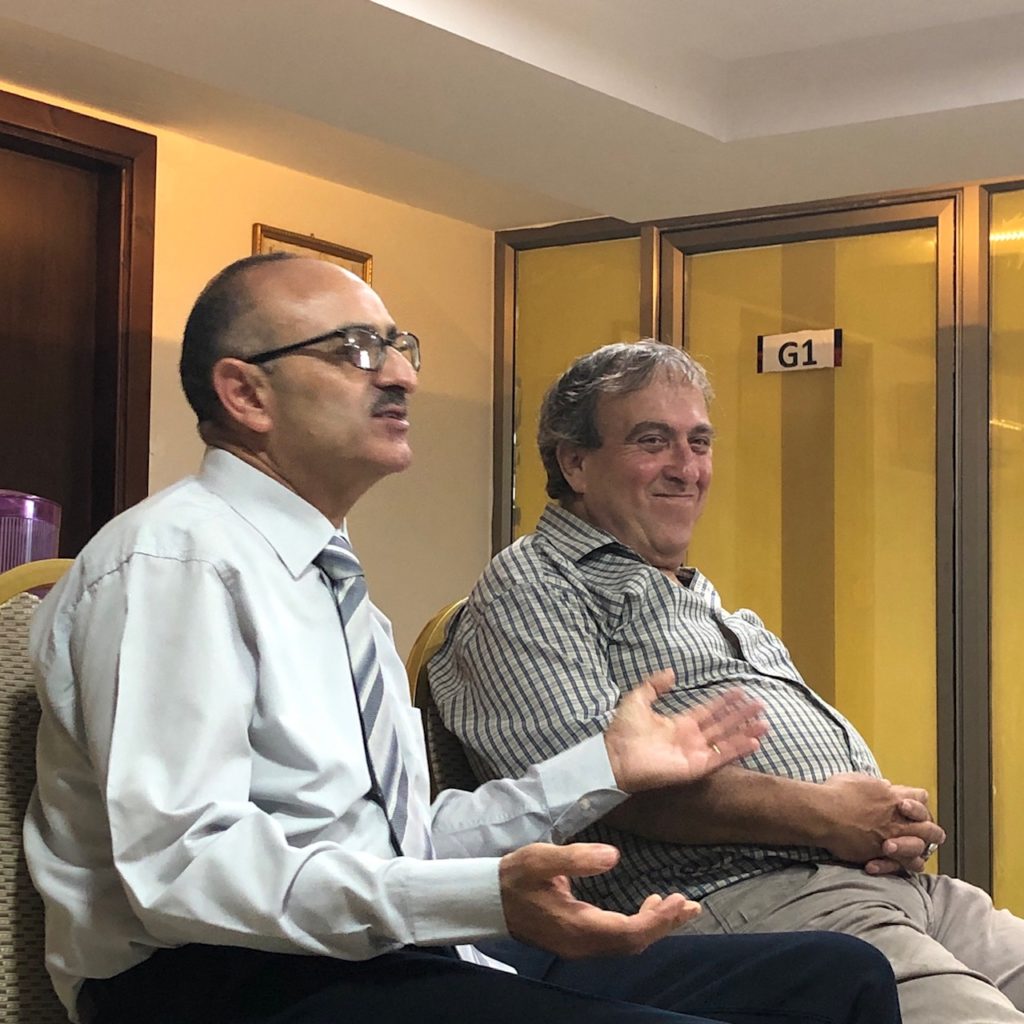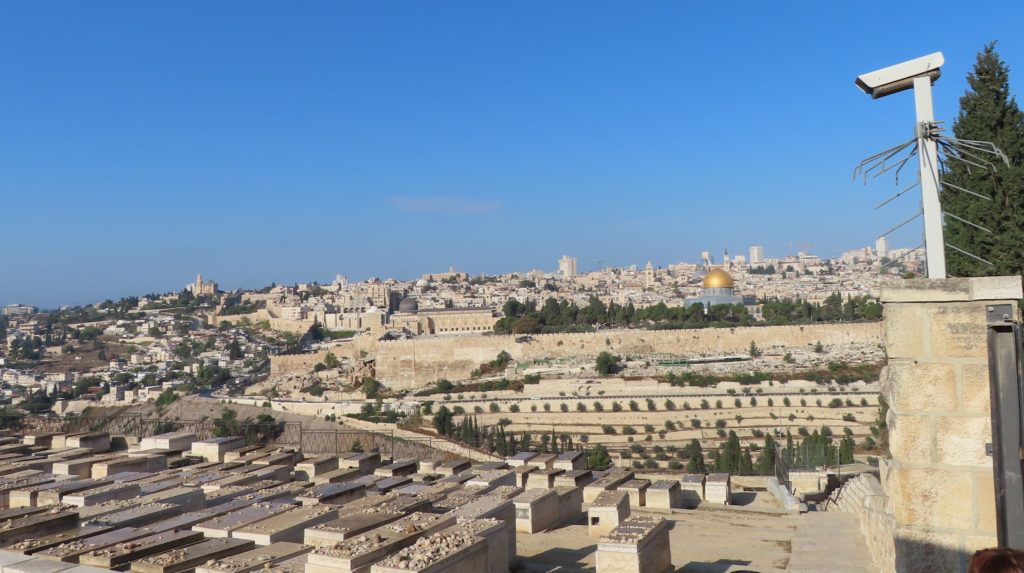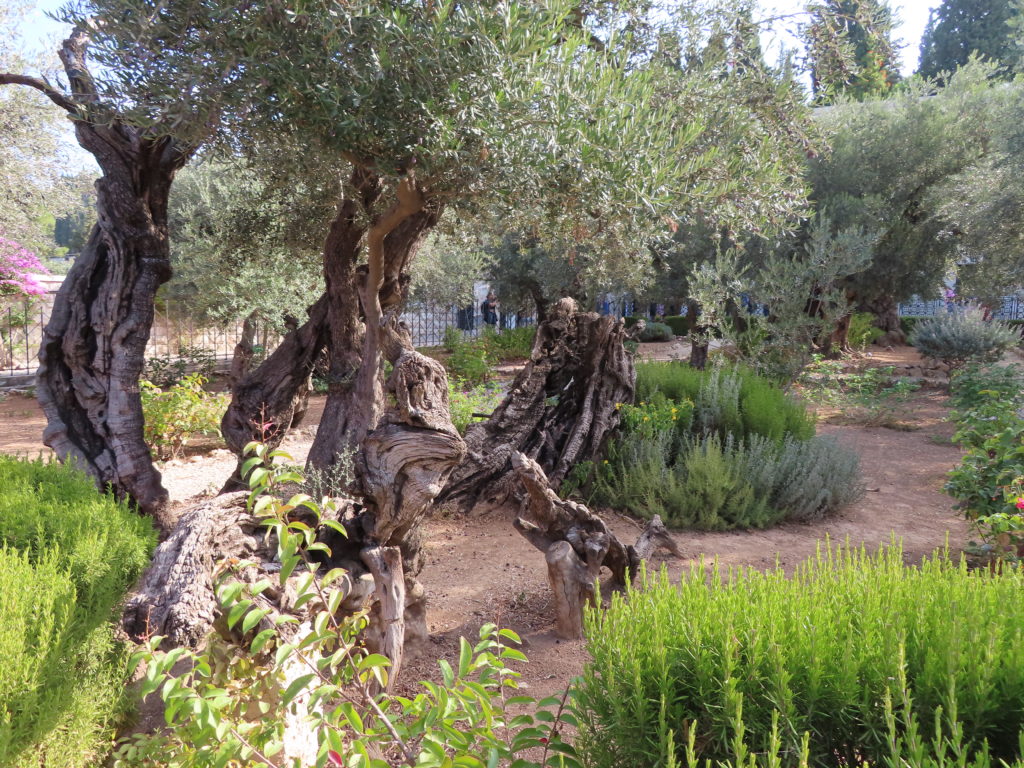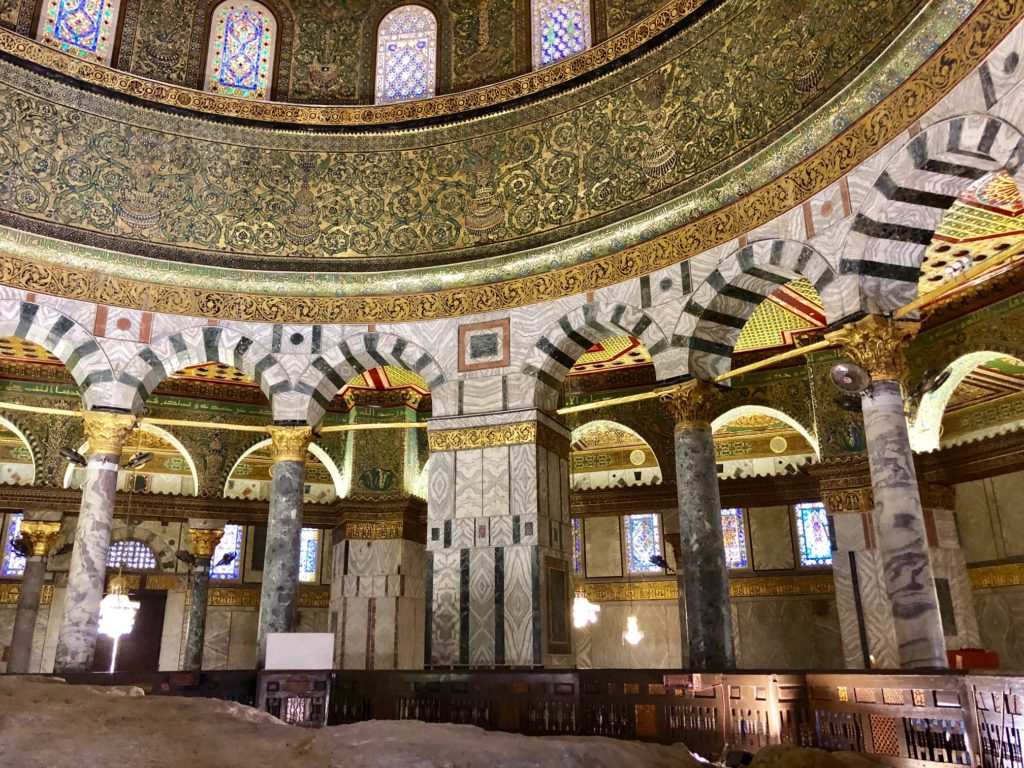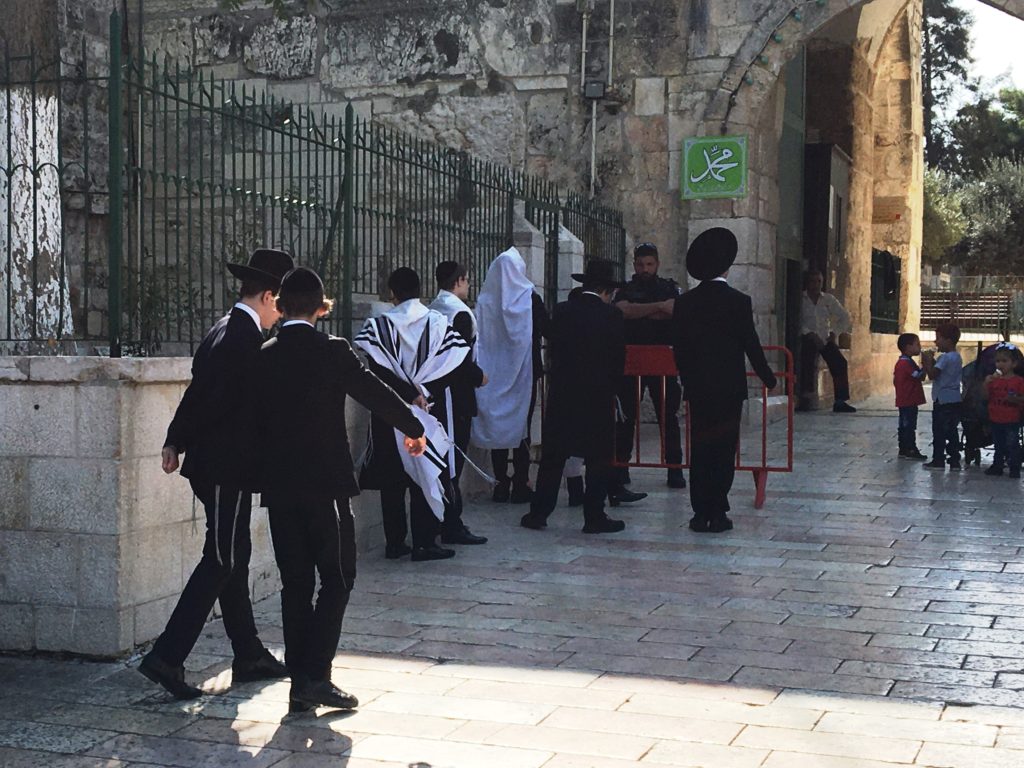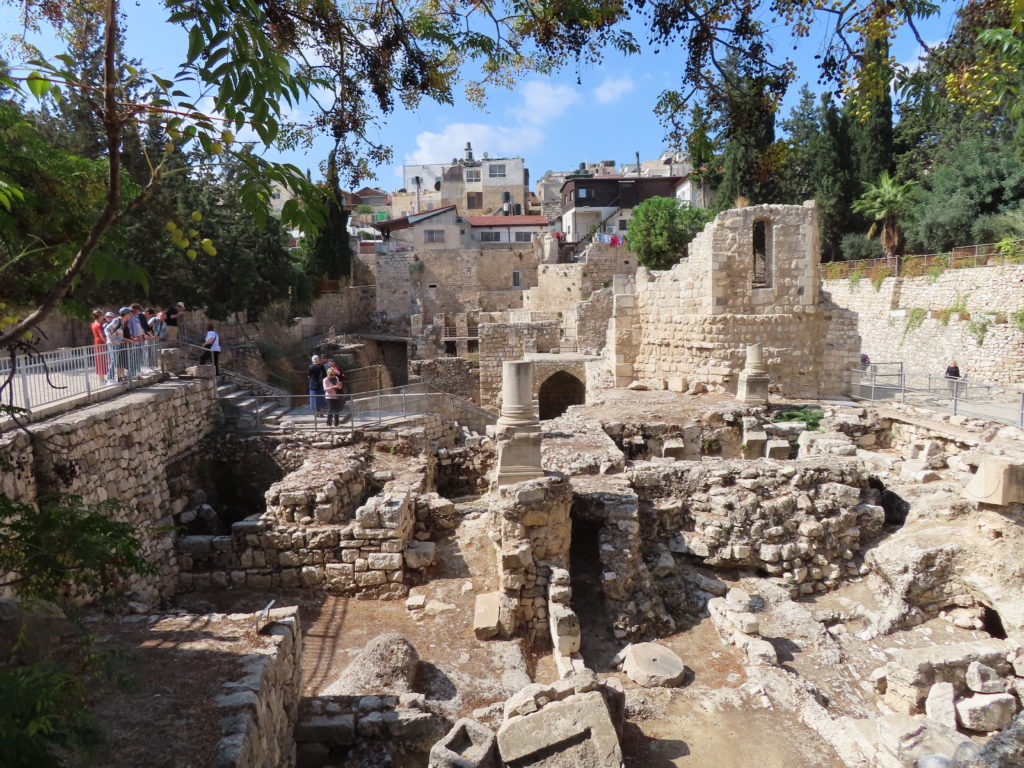Tuesday October 22 ~ Don Schultz
When our bus had a flat tire on Thursday morning and our departure from the hotel was delayed, we missed an opportunity to walk the Wall. On Friday afternoon our second attempt to find time for the Wall walk before meeting with Dalia Landau got squeezed out of the schedule. Finally this morning, Usama and Joan made time for us to walk the Wall.
Many pieces of the illegal art caught the attention of one or more of us. Photo memories were secured to serve as reminders of all we have seen and heard.
I’ve walked the Wall a number of times since my first trip here in 2008. I have taken many photos. This time I took only one.
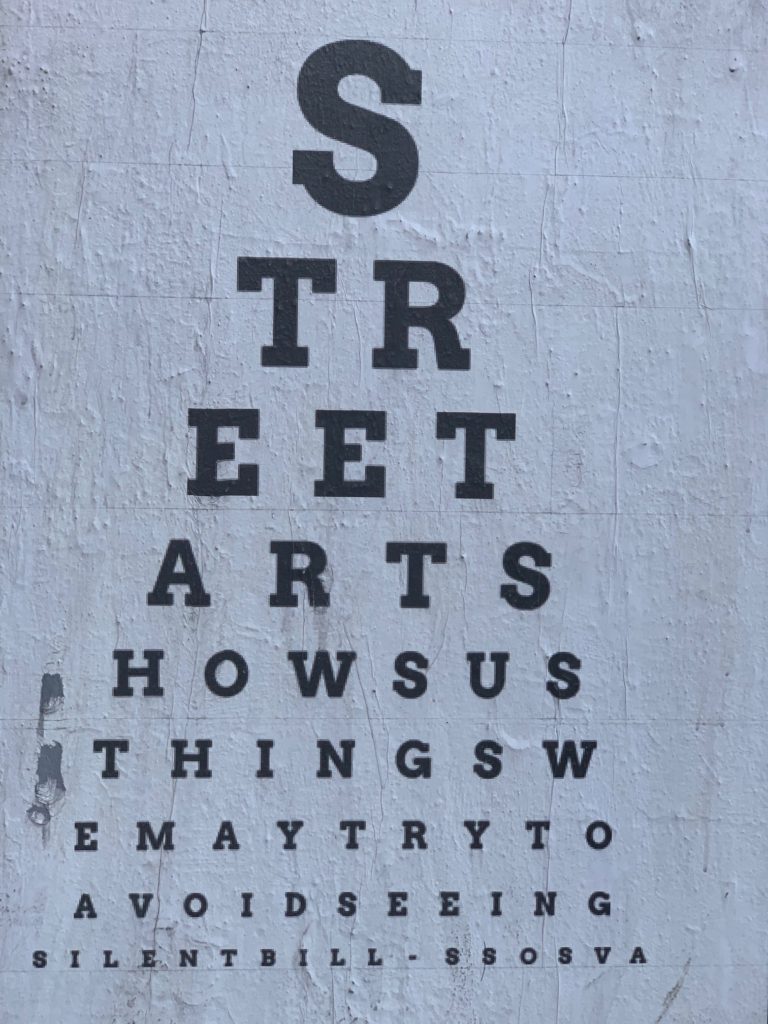
“Street art show us things we may try to avoid seeing.” I’ve heard it said about the Living Stones Pilgrimages that those who choose to participate in them see what many other Holy Land tourists do not want to see or are not given the opportunity to see.
We have not avoided seeing things or hearing stories about the Occupation and the realities the Wall art portrays. So today we changed our pace and saw things many Holy Land tourists do come to see.
We saw places that helped us see more fully the stories many of us have heard (or sung) about since childhood. The Good Samaritan, the Temptation of Jesus, Zacchaeus and baptism of Jesus stories will all have a visual associated with them from now on. The Dead Sea now has not only a visual but a feel for those who ventured into its water and mud.
Once again the day ended with a “special meal” prepared and served by our hosts who have allowed us to see, feel and taste Palestinian hospitality.

